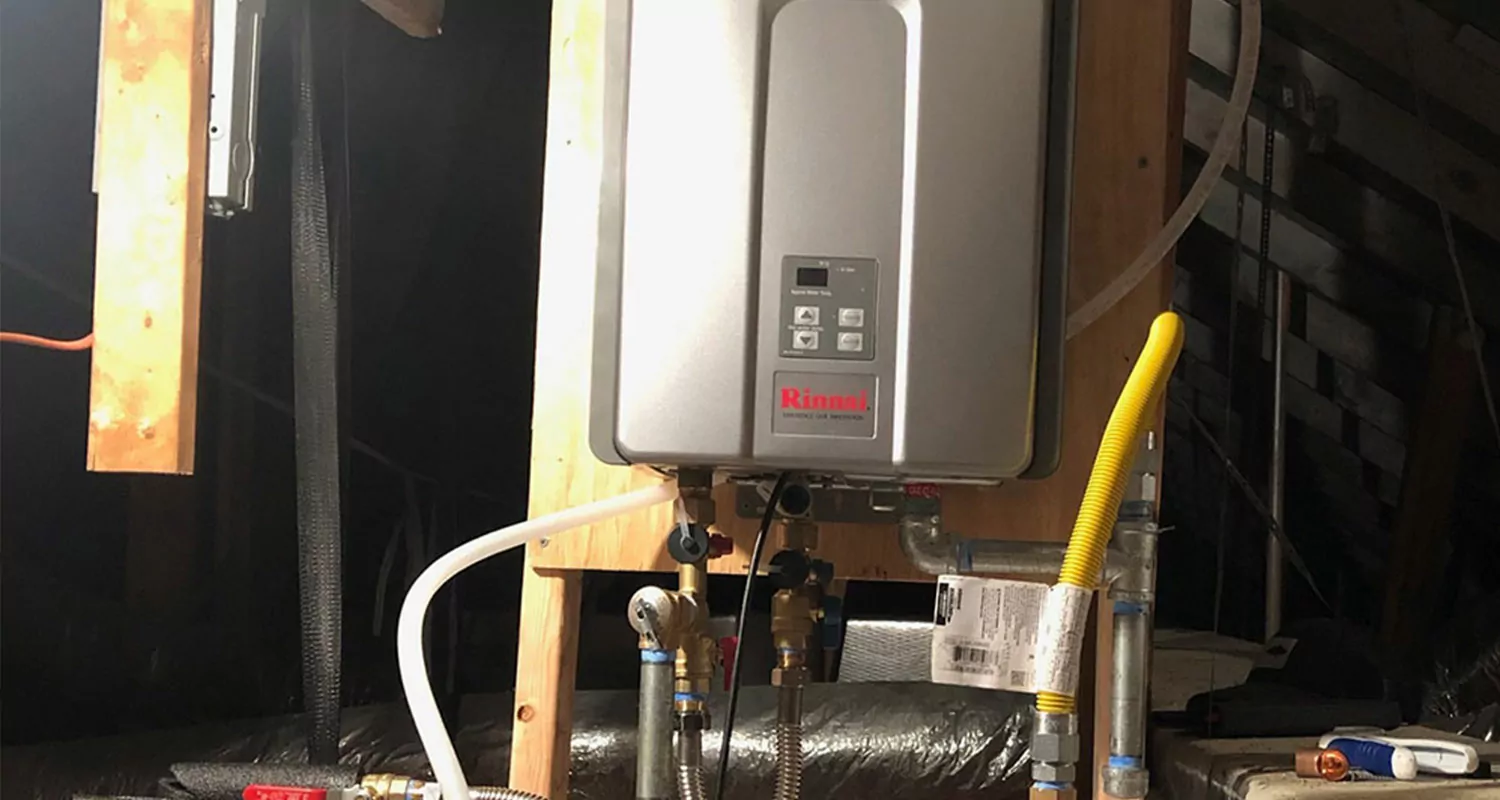How do you actually feel when it comes to Water Heater Maintenance Tips You Can't Afford to Forget?

Warm water is crucial for daily comfort, whether it's for a refreshing shower or washing meals. To guarantee your warm water system runs successfully and lasts longer, regular maintenance is vital. This article offers functional pointers and understandings on how to maintain your home's hot water system to avoid interruptions and expensive fixings.
Intro
Keeping your home's warm water system might seem complicated, yet with a couple of straightforward actions, you can guarantee it runs efficiently for several years to come. This guide covers everything from understanding your hot water system to DIY maintenance tips and recognizing when to employ specialist assistance.
Value of Preserving Your Hot Water System
Regular maintenance not only prolongs the life expectancy of your hot water system but also guarantees it runs effectively. Ignoring upkeep can bring about lowered effectiveness, higher energy costs, and also early failing of the system.
Indicators Your Warm Water System Requirements Maintenance
Recognizing when your warm water system needs attention can avoid major concerns. Watch out for indications such as inconsistent water temperature level, odd noises from the heating system, or rustic water.
Flushing the Hot Water Heater
Flushing your water heater gets rid of sediment buildup, improving performance and lengthening its life.
Checking and Changing Anode Rods
Anode poles avoid corrosion inside the container. Examining and changing them when worn is essential.
Complicated Issues Calling For Expert Assistance
Examples consist of major leakages, electrical problems, or if your hot water heater is regularly underperforming.
Routine Specialist Maintenance Conveniences
Expert maintenance can consist of comprehensive inspections, tune-ups, and making certain compliance with safety requirements.
Inspecting and Changing Temperature Settings
Readjusting the temperature level settings makes sure optimal performance and safety and security.
DIY Tips for Upkeep
You can perform numerous maintenance jobs yourself to keep your warm water system in top condition.
Looking for Leaks
Regularly examine pipelines and connections for leaks, as these can bring about water damage and higher costs.
Comprehending Your Hot Water System
Before diving right into maintenance jobs, it's handy to understand the fundamental components of your warm water system. Commonly, this includes the water heater itself, pipelines, anode poles, and temperature controls.
Regular Monthly Upkeep Tasks
Regular regular monthly checks can assist capture minor issues before they intensify.
Testing Pressure Relief Valves
Checking the stress relief valve ensures it works properly and prevents excessive pressure accumulation.
Shielding Pipelines
Shielding hot water pipes minimizes warm loss and can conserve power.
When to Call a Specialist
While do it yourself upkeep is beneficial, some issues require specialist expertise.
Conclusion
Regular maintenance of your home's hot water system is important for effectiveness, durability, and price savings. By following these suggestions and knowing when to look for expert assistance, you can make certain a reputable supply of warm water without unanticipated disruptions.
Water Heater Maintenance Tips
Test the TPR Valve
Shut off the power and the cold-water supply valve. Place a bucket under the pipe connected to the temperature-pressure-release (TPR) valve on the top or side of the tank. (This valve opens if the tank pressure gets too high.) Lift the valve’s tab to let some water out, then let go. If water keeps flowing, drain the tank partway, unscrew the old valve with a pipe wrench, and install a new one. Check the Anode Rod
Put a hose to the tank’s drain cock and let out a few gallons of water. Now fit a 1 1/16-inch socket onto the rod’s hex head on top of the heater (or under its top plate) and unscrew the rod. If it’s less than ½ inch thick or coated with calcium, buy a new one, wrap its threads with Teflon tape, put it back in the tank, and tighten securely. Use this segmented rod if headroom above the tank is limited. Drain the Tank and Wash Out Sediment
Drain the remaining water in the tank into the bucket, then stir up the sediment on the tank’s bottom by briefly opening the cold-water supply valve. Drain and repeat until clean water comes out of the hose. Close the drain cock, refill the tank, and turn its power back on. Adjust the Temperature
Find the temperature dial on the side of the tank and unscrew its cover. Adjust the dial to 120 degrees using a flathead screwdriver. For every 10 degrees the temperature is lowered, you can expect to save up to 5 percent in energy costs. Turn the water heater off or the thermostat down to its lowest setting if you plan to be away from home for more than three days. Insulate the Pipes
Buy some self-sticking 3/8-inch-thick foam pipe insulation that matches the pipes’ diameter. Slide the foam over the hot-and cold-water pipes as far as you can reach. Insulating the cold-water pipe prevents condensation in summer. Peel the tape and squeeze the insulation closed. If the pipe is 6 inches or less from the flue, cover it with 1-inch-thick unfaced fiberglass pipe wrap. https://www.thisoldhouse.com/plumbing/21016402/how-to-maintain-a-water-heater

As an avid person who reads about How to Maintain Your Water Heater & Prolong its Life, I figured sharing that piece of content was really helpful. Sharing is caring. Who knows, you will be doing someone a favor. Thanks a lot for taking the time to read it.
Book Today!